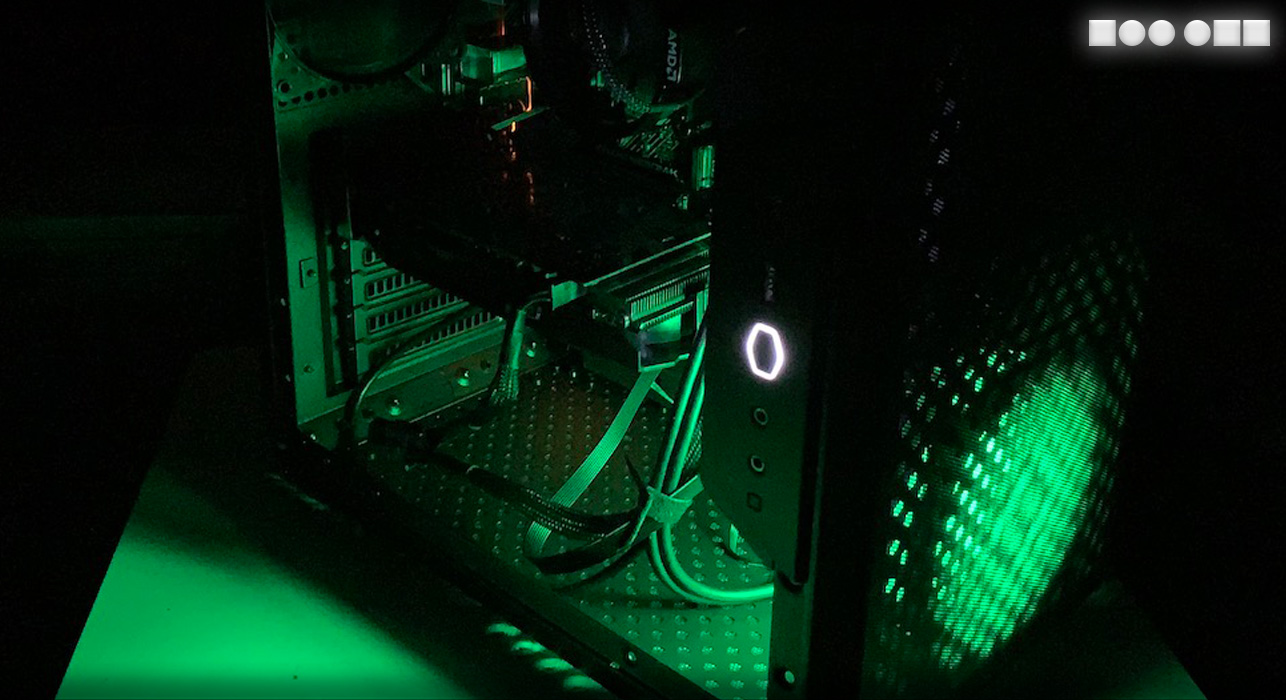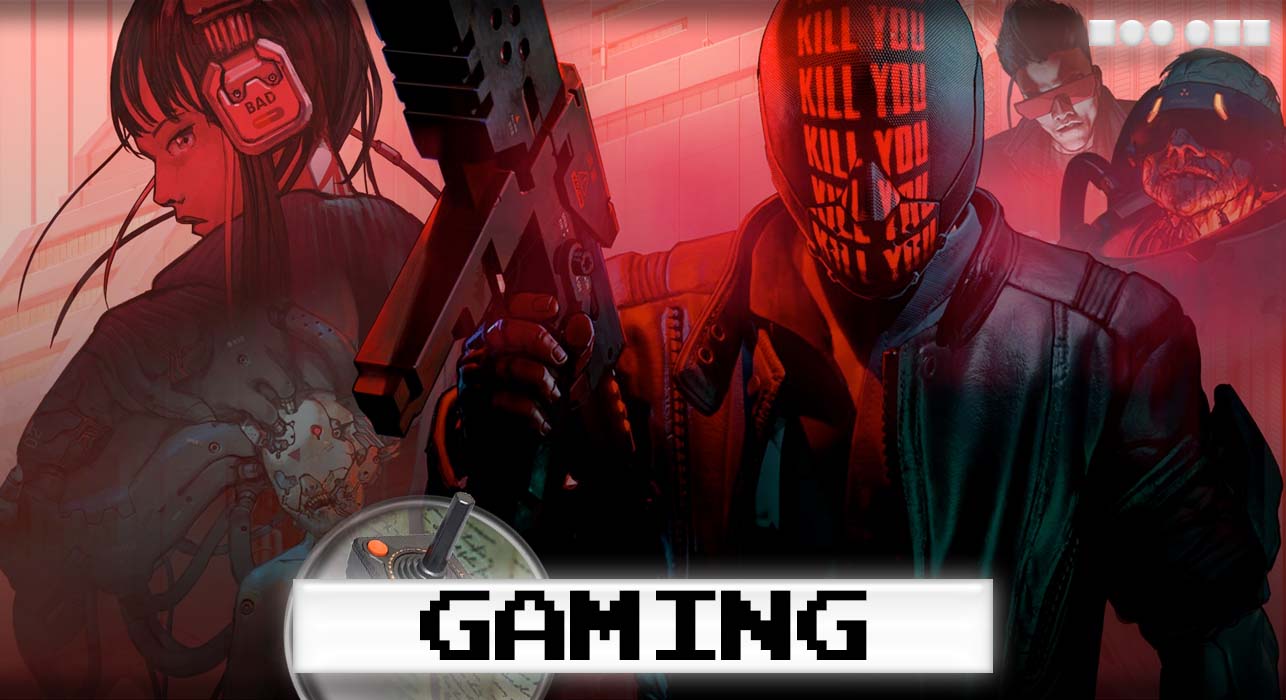It’s a freebie for Xbox Live Gold subscribers later this month (and is currently heavily discounted for PlayStation Plus members), so let’s manipulate time… back to 2016.
Superhot (PG)
Tested on Xbox One
Also on PlayStation 4, PC (Steam) Macintosh (Steam)
Copy purchased
Superhot first appeared on the radar in 2013 as the result of a 7-day game development challenge and quickly gained a fan base on YouTube. Fast forward a few years, and after a successful Kickstarter campaign the game saw a release on PC, later migrating to consoles. It’s not a full-size ‘AAA’ game, and doesn’t quite have the legs to bring you back once you’ve beaten the campaign (unless you’re a sucker for Achievements), but then again it isn’t a full-price game, either. And at a discount- or as part of your existing subscription somewhere- it’s definitely worth a playthrough.
It’s a first-person shooter with two twists- the first is storyline-related, so I won’t spoil it here, but the second is much more well-known. The simple premise behind the gameplay mechanic is that time doesn’t move unless you do; enemies stay still unless you are in motion, and looking around the level doesn’t count. (Time does move very slowly if you’re stationary, so it doesn’t stop entirely.) This allows you to plan your attacks and path through each level- not that the levels have exits as such, the only objective being ‘kill all the dudes’.

Enemies can be punched or have things thrown at them, but being shot is always an instant kill. The counter to that is that you can’t take any damage at all; any hit from an opponent or bullet kills you. So the game boils down to working out where your enemies are, where weapon pickups are, and where an escape route is if someone spawns behind you or appears just a little bit to close to you for comfort.
The weapons aren’t terribly varied, but in a game where everything dies in one hit that doesn’t matter a whole lot. Your regular pistol works nicely but you generally only get three rounds before it’s empty, while the shotgun is sometimes inaccurate but devastating in tight spaces or corridors. Run out of ammunition and the guns- along with other items in levels like bottles and monitors- can be thrown to stun opponents, buying you breathing space and making them drop any weapons they might be carrying. Throwing a gun away is also slightly quicker than waiting for the next round to enter the chamber, so in a really tight spot it may be the best option.

Graphically the game runs very smoothly, but it’s quite simple; the menu screens (and the kinda-sorta-plot) are portrayed in a faux-1980s-MS-DOS text layout, while during gameplay everything is colour-coded for your convenience. Shoot the red things, pick up or throw the black things, and hide behind white and grey things. There are no ammo gauges or health bars to get in the way- the only text is the prompt to respawn if you get killed, and the occasional pun to start a level (“More Shots” for a bar level) or when you score a headshot. It’s very simple design, but it keeps the game in its early-90s computing/VR aesthetic- think Lawnmower Man and you’re on the right track. (There is also a VR version of the game available if you have the gear to run it.)
The campaign is about 40 levels- each one is fairly short and the difficulty curve is a little uneven. You’ll occasionally find yourself starting in a very cramped space, unarmed, against two or three dudes with guns, and it will take a few goes to work out the best approach (or get a bit lucky). Other levels can be easily completed on the first try, although the final two levels are (relatively) lengthy and do pose a reasonable challenge. Completing the campaign unlocks challenge levels (eg no guns, swords only, time-limit challenges) and an ‘endless’ mode where you just try and rack up a high score as enemies continually respawn.
The challenges are basically where you’ll ask yourself whether you want to keep going; once you beat the story mode, the game’s longevity depends on whether you really feel like doing all the levels again with just a katana, or modified to feature the original prototype’s graphics, or whatever. There are a full complement of Achievements (1000 Gamerscore on the Xbox version), and these will take a bit of time to mop up if you’re a completionist (100 kills with each type of weapon, for example, or 1987 kills in Endless mode). I’m not that level of completionist, so that’s the point where I put the game down.
At the regular asking price of $38 (USD$25 on Steam) I would probably suggest Superhot runs out of ideas a little too early; at the time of writing, though, it’s half price on PS4 ($19.45 and cheaper again with PS Plus) and will be free for Xbox Live Gold subscribers for a month starting on March 15. At those prices I think you get your money’s worth; the game is worth experiencing even if you do only complete the campaign. Lots of reviewers called it “the most innovative shooter [they’d] played in years”- here’s a cheap opportunity to find out why.




